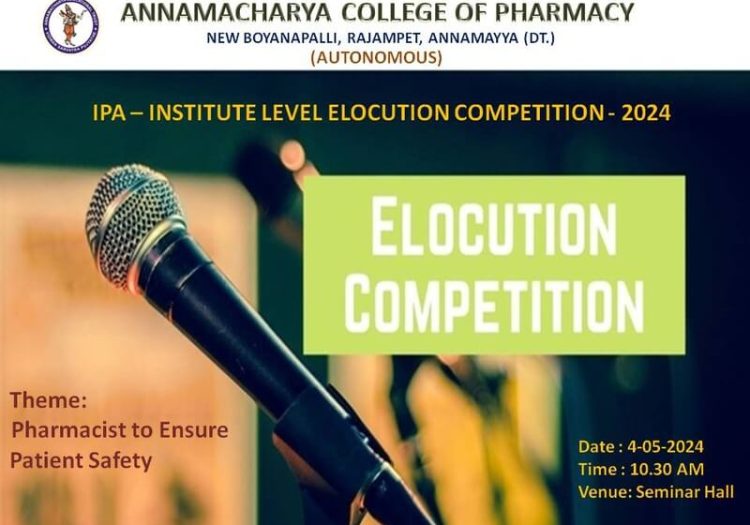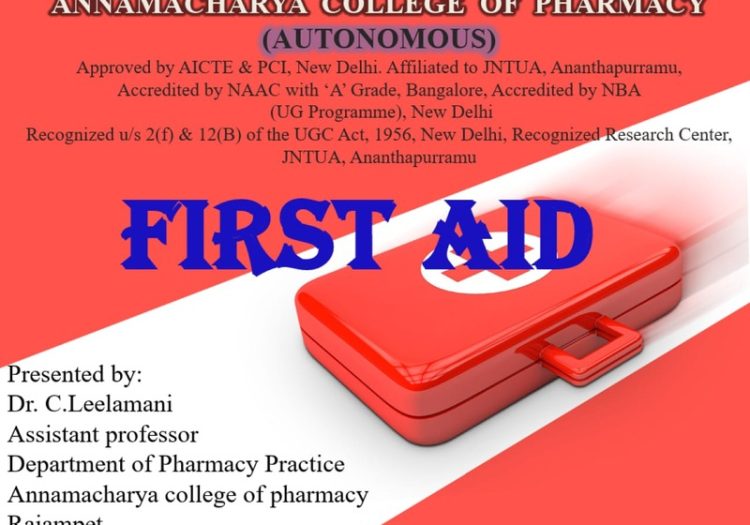
What is Make in India?
The key phrase was first used by Indian Prime Minister Narendra Modi in his Maiden Independence Day while addressing the nation from the Red Fort. After one month, on September 25, 2014, this initiative was introduced formally in the presence of business giants of India. It is a national programme of the Government of India, aiming to ‘ facilitate investment, foster innovation, enhance skill development, protect intellectual property and build best in class manufacturing infrastructure’ in India. Led by the Department of Industrial Policy and Promotion (DIPP), Ministry of Commerce and Industry, Government of India, this initiative is important for the economic growth of India by utilising the exiting Indian talents and creating multiple opportunities through the empowerment of secondary and tertiary sectors. The manufacturing industry currently contributes almost 15% to the national GDP and government of India aims to grow it to 25% with this programme.
Narendra Modi had said, “I want to tell the people of the whole world: Come, make in India. Come and manufacture in India. Go and sell in any country of the world, but manufacture here. We have the skill, talent, discipline and the desire to do something. We want to give the world an opportunity that comes to make in India.”
Through this programme, India plans to eliminate unnecessary laws and regulations and improve its rank on the Ease of Doing Business index and make bureaucratic processes easier.
Which sectors will it focus on?
The government of India has identified 25 priority sectors and will be promoting them adequately. These sectors majorly contribute to the FDI (foreign direct investment) and Narendra Modi aims to attract the world to India. The sectors are as follows –
- Automobiles
- Automobile Components
- Aviation
- Biotechnology
- Chemicals
- Construction
- Defence Manufacturing
- Electrical Machinery
- Electronic Systems
- Food Processing
- IT and BPM
- Leather
- Media and Entertainment
- Mining
- Oil and Gas
- Pharmaceuticals
- Ports
- Railways
- Renewable Energy
- Roads and Highways
- Space
- Textiles and garments
- Thermal Power
- Tourism and Hospitality
- Wellness
Benefits of Make in India -
India is rich in natural resources and availability of skilled labour is aplenty as there is a high rate of unemployment in the country. As Asia is emerging as an outsourcing hub of the World, India is gaining ground as one of the preferred manufacturing destinations of most investors across the globe.
What are the developments that have happened post the implementation of Make in India programme?
- Procedural system related to tax has been relaxed due to GST, thereby, reducing the production cost.
- Digitalisation has become an integral part of society, leading to a seamless birth and survival of startups.
- Prime Minister’s several Jan Dhan Yojana schemes are including citizens of all sectors to financial benefits.
- Liberalization of Foreign direct investment has not only increased fund inflow but also created job opportunities.
- The Sagarmala Programme and Bharatmala Pariyojana Programme are trying to achieve connectivity for better business expansion.
Striking achievements of Make in India scheme -
- India has grabbed the 4th position in harnessing the wind power
- The country has become 6th in the world of solar power.
- Top automobile players like ISUZU Motors, Tata Motors, Suzuki Motors, Mercedes Benz have inaugurated manufacturing units across the country, and production has increased by 2.60 %.
- Phytopharmaceuticals manufacturers inaugurated Current Good Manufacturing Practices
- (CGMP) plant.
- 30 Biotech parks and Bio-incubators were established.
- First indigenously developed and manufactured rotavirus vaccine ‘Rotavac’ was launched in 2015
- India developed its Coronavirus testing kit in a record time of six weeks, which is available at a much cheaper rate than the imported testing kits
- A virtual centre was built across 5 IITs to advance in the field of biofuels.
- A whopping 35 million people got employed in the construction sector.
- 7 million houses were constructed under Pradhan Mantri Awas Yojana (Gramin).
- India has turned to a net exported or electricity and experienced a recorded growth rate of 12.8% in 2017-2018.
- 38300 number of people were employed across 38 mobile manufacturing units.
- 42 mega food parks project is set to create employment opportunities and benefits to 25000-30000 farmers and 5000-6000 people.
- India has become the 2nd largest producer of footwear.
- India has become the 2nd largest exporter of leather garments.
- The print industry witnessed a record growth of 20 billion.
- 17 mineral blocks auction across 7 states have given an additional revenue of INR 47551 Crores.
- Crude oil strategic storages were built across Visakhapatnam, Mangalore and Padur.
- 51 trains have speeded up by more than 1 hour.
- The length of the national highways reached 115435 km in 2017.
- India became the first nation of the world to reach Mars in the 1st attempt.
- India reached the 52nd spot in World Travel and Tourism.
- India stands as the 2nd largest exporter of AYUSH and herbal products.
The sudden coronavirus pandemic has created a ruckus across the world as well as India and people are wondering will the Make in India initiative be affected by it. However, Finance Minister Nirmala Sitharaman told, “There are no concerns about price rise so far due to coronavirus.” On the other hand, V K Vijayakumar, Chief Investment Strategist at Geojit Financial Services shared, “Even though the impact of the coronavirus on the Indian economy has been limited so far, there is a risk that industries like pharma and electronics may be seriously impacted if the disruption in supply chains persists for long. It is important that the government take precautionary steps to look for alternative sources of supply. Steps like the waiver of import duties may be considered since imports from alternative sources will be costlier.”











